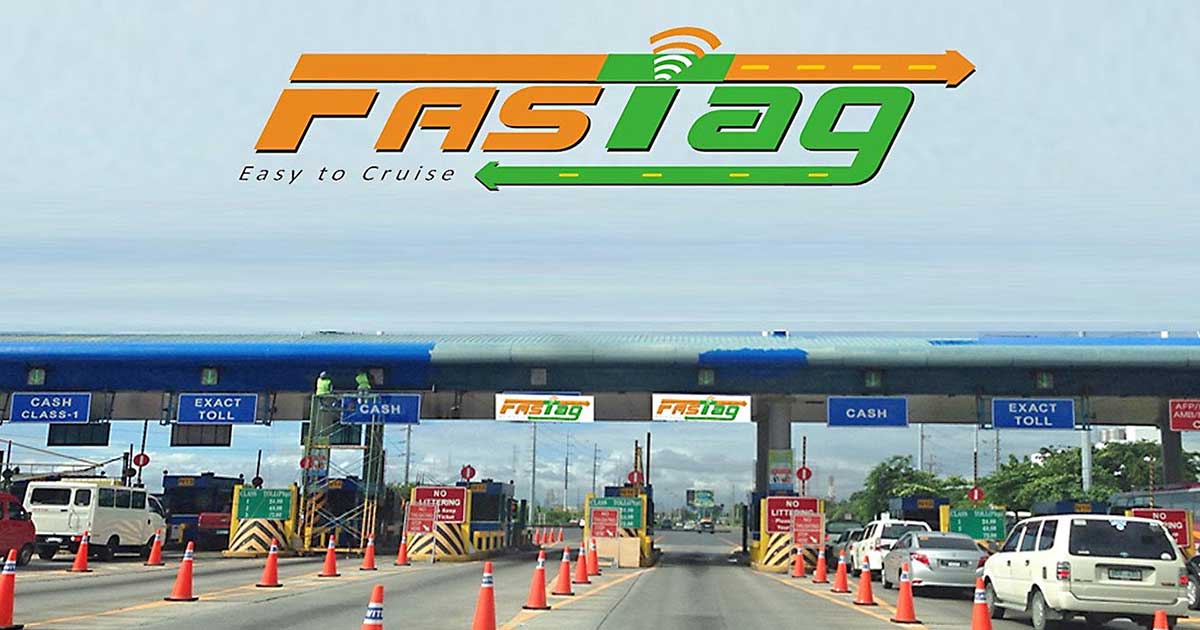To help the government to check the GST evasion and track the goods, the GST e-way bill system will mostly associate with the FASTag mechanism of National Highways Authority of India (NHAI) from April.
After discussing with the transporters, the officer committee was set by the revenue department so that they can associate e-way bill, FASTag and LDB (Logistics Data Bank) services of DMIC (Delhi-Mumbai Industrial Corridor).
The official said “It has come to our notice that some transporters are doing multiple trips by generating a single e-way bill. Integration of e-way bill with FASTag would help find the location of the vehicle and when and how many times it has crossed NHAI’s toll plazas”.
The official told that this integrated system will come to existence from April.
On the trial basis, Karnataka is executing it. This integrating system will be helpful nationally because, with the help of this, goods can be tracked and also make sure that the e-way bill has been generated or not for the correct time period of travel.
An official said, “The officers’ committee would explain the benefits to all stakeholders”. He also added that this will help in improving the operational effectiveness of the logistics landscape of India.
At present, the business in India is being affected because of the lack of synchronization under the ‘track and trace‘ mechanism due to the information shared between the agencies which lead to the illegal use of the e-way bill.
The official added, “This would also help in preventing goods and services tax (GST) evasion by unscrupulous traders who take advantage of the loopholes in the supply chain”.
During April-December 2018, 3,626 cases of GST violations/evasions of Rs 15,278.18 crores were detected by the Central tax officers.
On 1 April 2018, the e-way bill system came into existence which is boasted as an anti-evasion measure. This system was for the goods whose worth was more than Rs 50,000 and were exported to other states. And on 15 April 2018, the same system came into existence in a phased manner for exports within the states.
If the GST inspector asks for the e-way bill during transit, then the transports whose goods cost more than Rs 50,000 have to show it.
The official said, “The integration of the e-way bill system with FASTag and LDB is expected to help boost tax collections by clamping down on the trade that currently happens on a cash basis”.
For collecting the toll by machine, the FASTag system is being used on the national highways by the NHAI. Via toll plazas, the FASTag can collect the toll even from the non-stop movement of vehicles.
Associating the e-way bill with the FASTag will help the revenue authorities to keep a track on the movement of vehicles and also to make sure that the vehicles are moving in the direction provided in the e-way bill by the trader.
The suppliers can track the goods with the help of the e-way bill system and even the transporters can track the vehicle via SMS alerts which will be generated at every toll plaza.
To improve the logistics ecosystem, the e-way bill, LDB services of DMIC will also be associated.
The GST system has now come to stable due to which the Central Board of Indirect Taxes and Customs can work on the growth of the compliance and checking evasion.
Read Also: How To Reduce GST Compliance Cost for Small Businesses?
To investigate cases of tax evasion and conduct search and invasion operations under the GST (Goods and Services Tax) Act, and former Excise and Service Tax Act the government has set up the DGGSTI (Directorate General of GST Intelligence).
The target of the monthly revenue budget was of more than Rs 1 lakh crore but till now the GST collection of this financial is Rs 96,800 crore per month.
